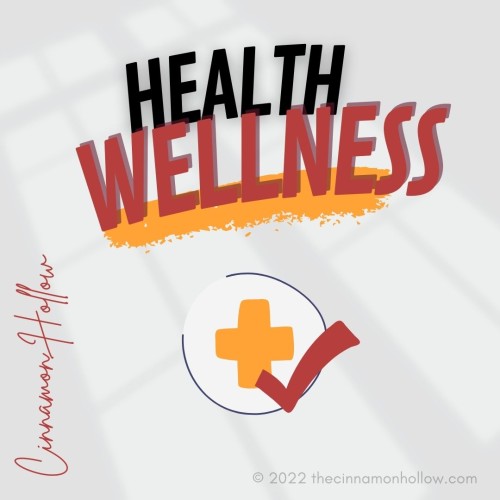Heart disease kills thousands every year across the U.S., regardless of background, economic status, education, culture or any other major demographic, heart disease is present and taking lives. Much of it has to do with three primary factors: genetics, poor American dietary practices, and a sedentary lifestyle. We eat wrong, don’t move enough, and our families have a history of heart disease that gets passed down from one generation to the next. Unlike many other chronic diseases and conditions prevalent today, however, heart disease can be prevented as well as reversed.

Living Heart-Healthy
While there are plenty of trendy diets, gimmicks, supplements, questionable pharmaceuticals and even more questions about “system cleaner” treatments, the most effective approach involves heart-healthy living. This involves a combined approach to increasing heart capacity, heart resilience, eating healthy, reducing risks like saturated fats and sedentary living, and reducing cholesterol. All of these factors together have an incredible impact on the heart as well as other critical organs, and the improvement can start to be felt in days and weeks of consistent application.
It’s Never Too Late to Start
Dr. Ian Weisberg notes heart-healthy living can be especially beneficial for those suffering from high blood pressure, high cholesterol levels, obesity, and diabetic. In all those conditions, better diet and weight loss have a very immediate and long-term improvement effect if they can be started early enough and then maintained consistently.
Other big changes that can produce noticeable improvements include stopping smoking, avoiding drinking alcohol or limiting consumption to one drink a week, getting a medical physical as well as an eye exam and dental exam at least once a year if not twice (all three catch heart-related issues developing early, which can then help with early treatment before real damage sets in). Finally, improving nightly sleep and reducing stress-causing conditions will also contribute greatly to personal health repair and an improved heart condition.
Women Realize a Delayed Heart Impact
While both men and women suffer from heart disease, women realize the signs later, which can be confusing and missed. Especially after menopause, hormonal changes put women at an increased risk for heart problems. So, healthy-heart living becomes even more important in later life after one’s 40s. Middle-aged women in their 30s are not immune; many can suffer from high blood pressure, also a big risk for heart disease. Again, healthy-heart living can help directly reduce these risks and make one’s heart stronger and more resilient as well.
Living better is very doable, but it does take planning and consistent application. With a doctor’s guidance, both those trying to prevent heart disease and those seeking treatment can benefit.
We are not doctors and this is in no way intended to be used as medical advice and we cannot be held responsible for your results. As with any product, service or supplement, use at your own risk. Always do your own research before using.






